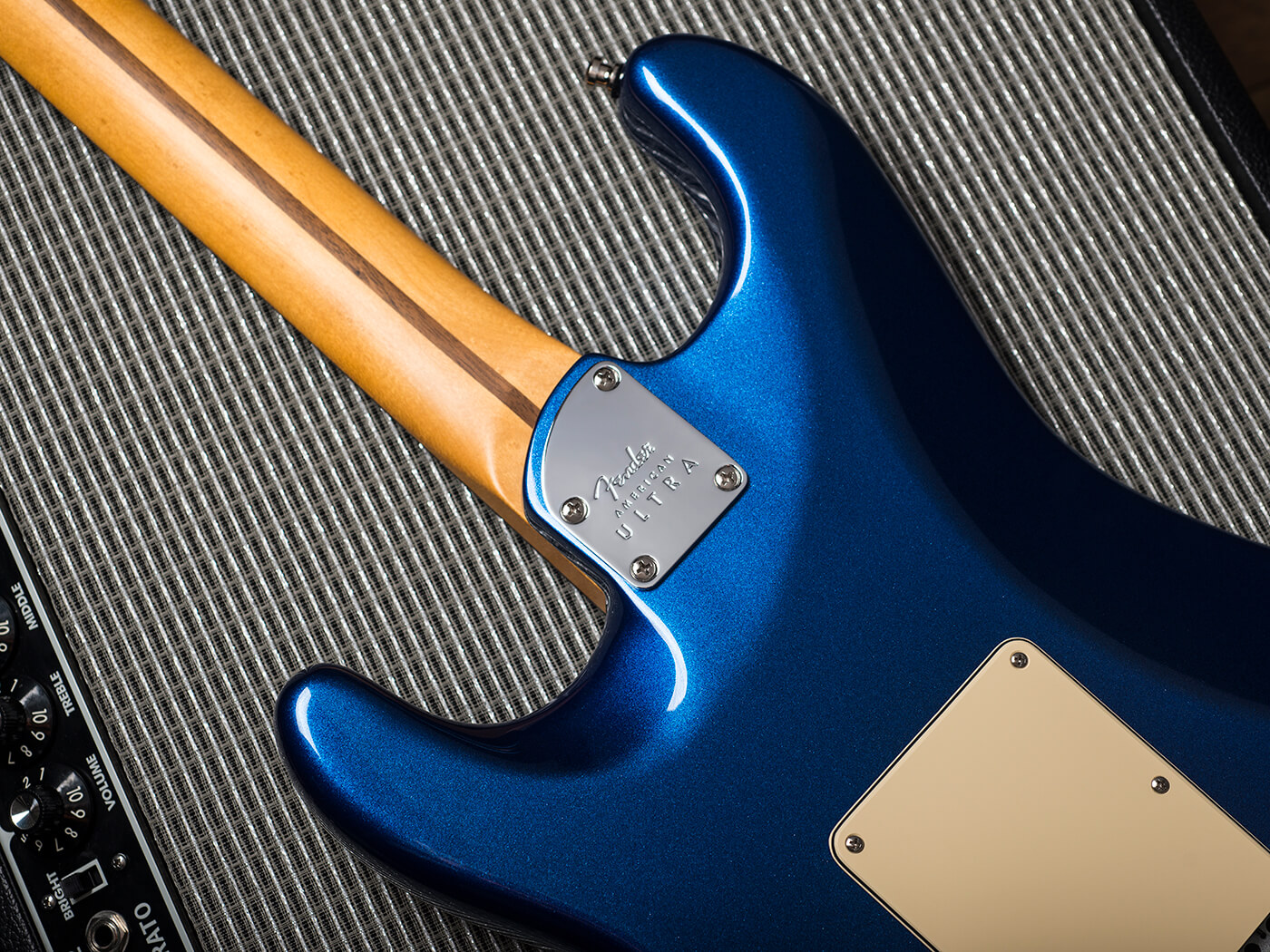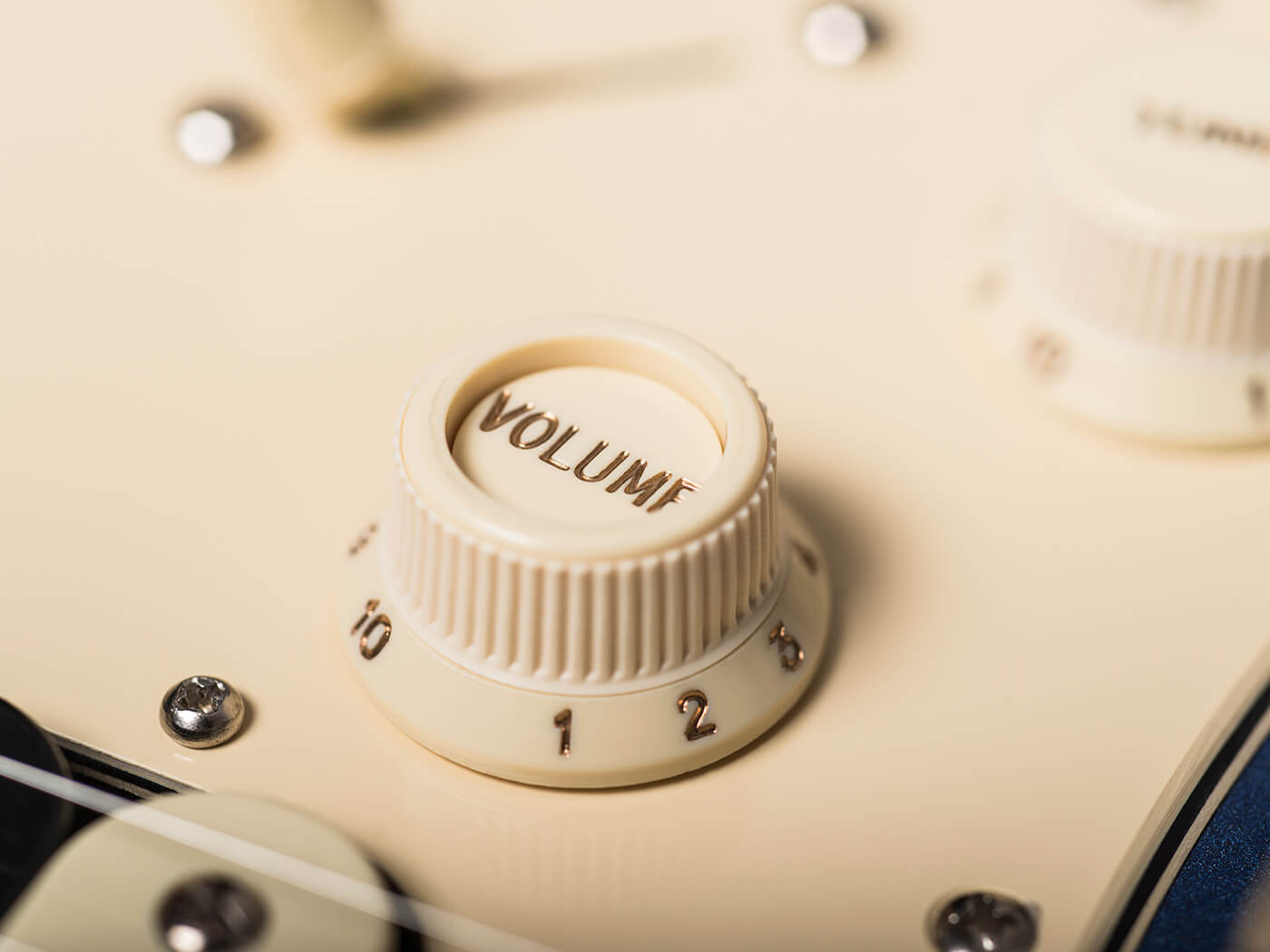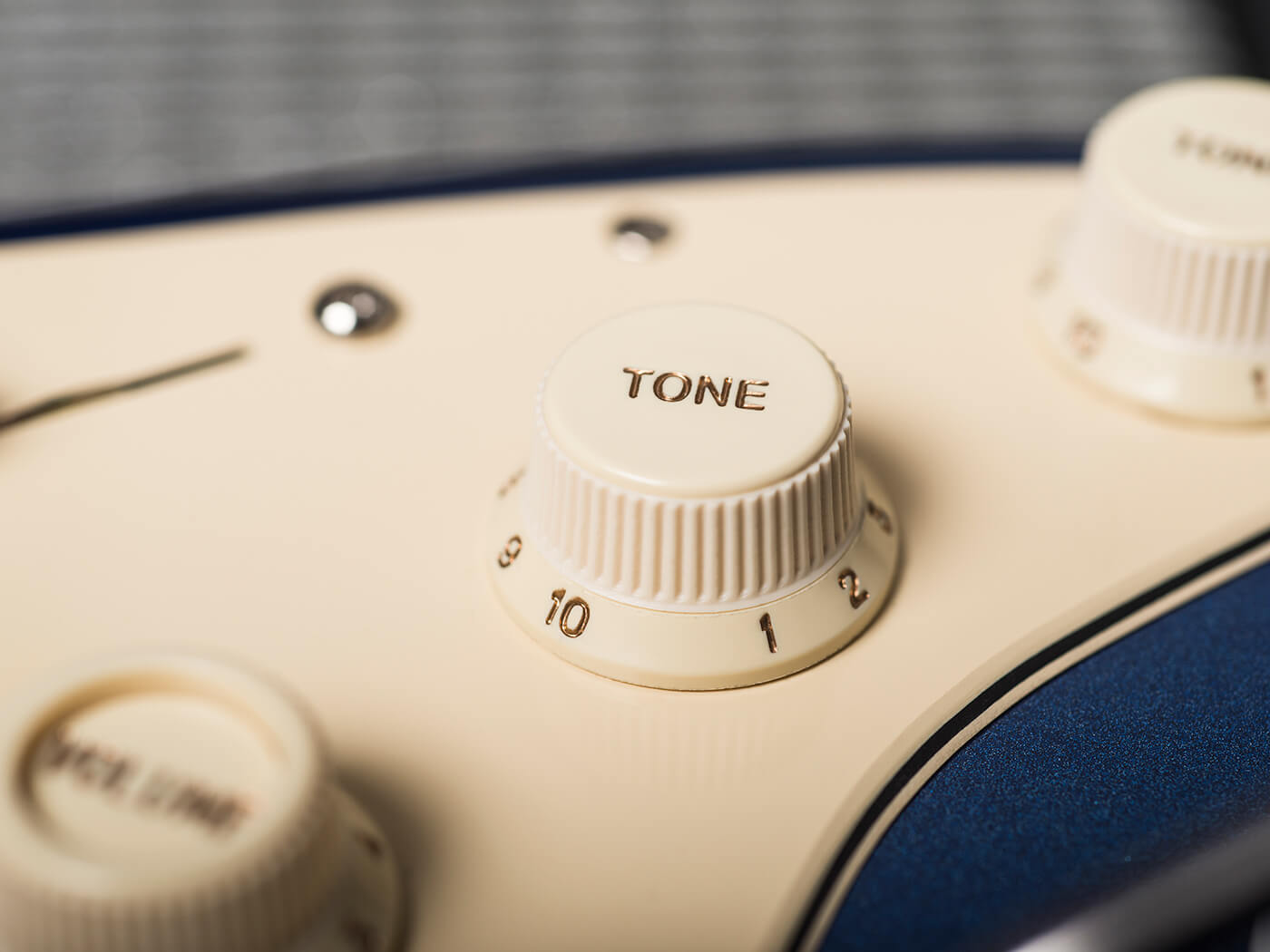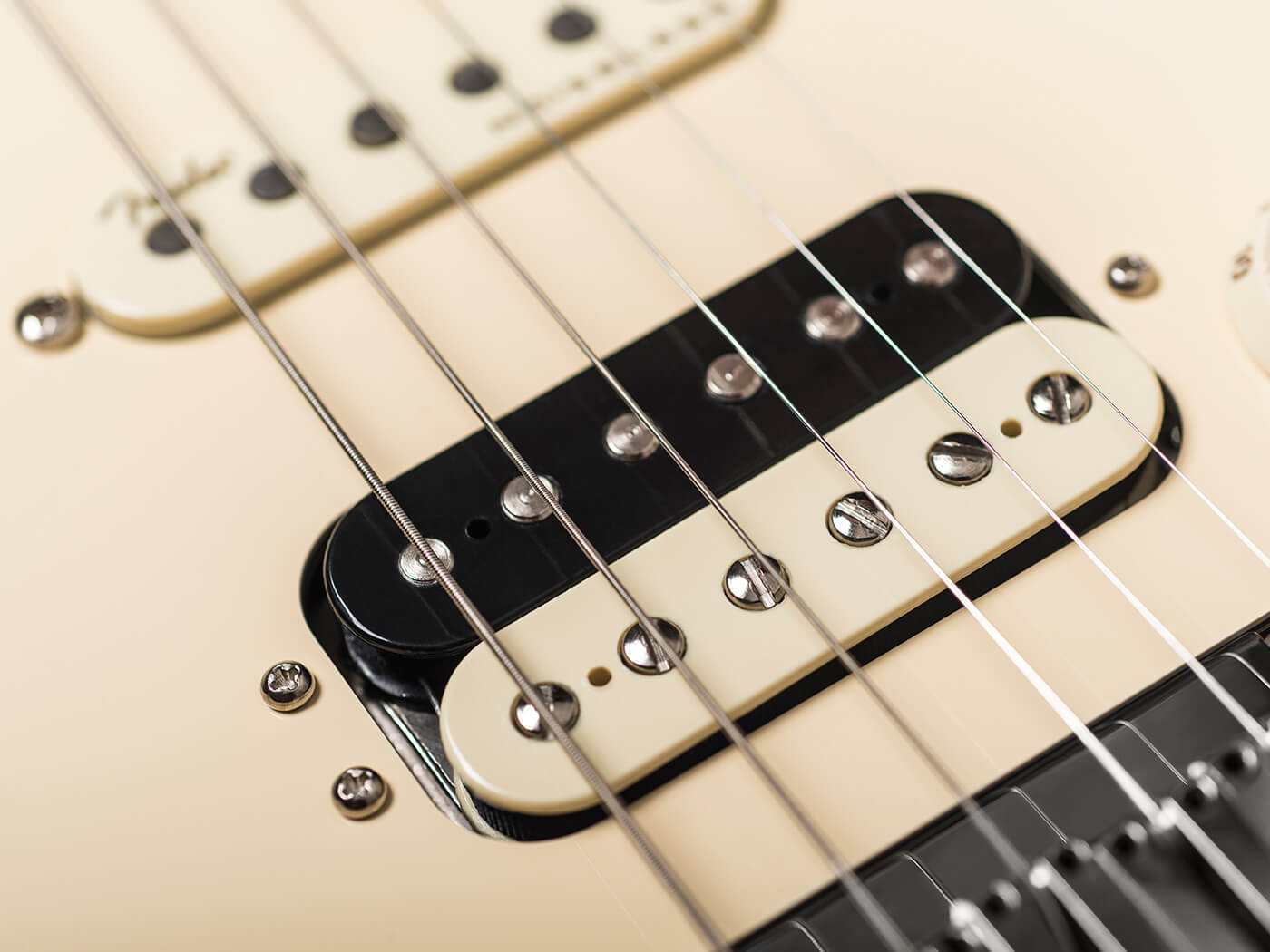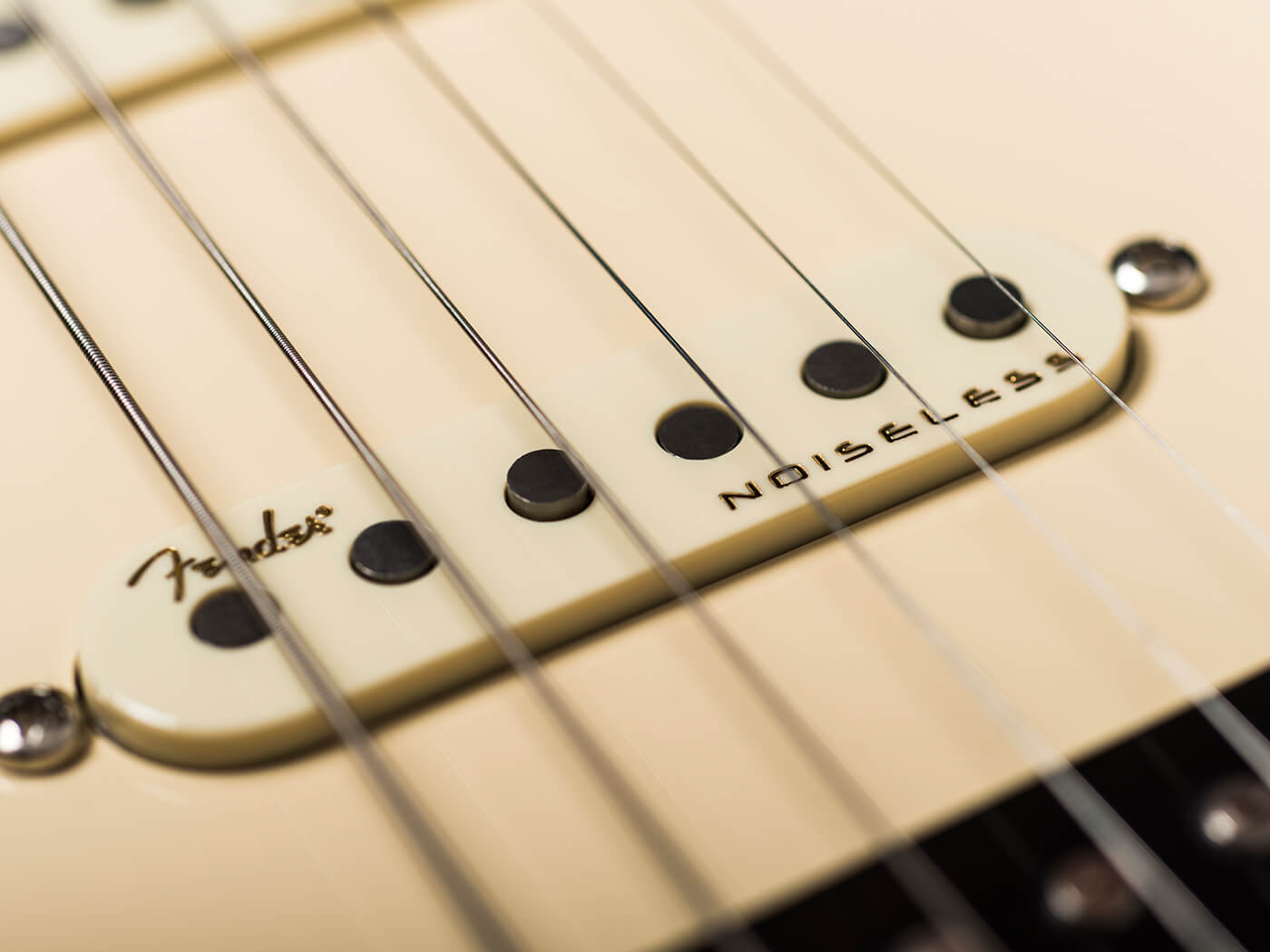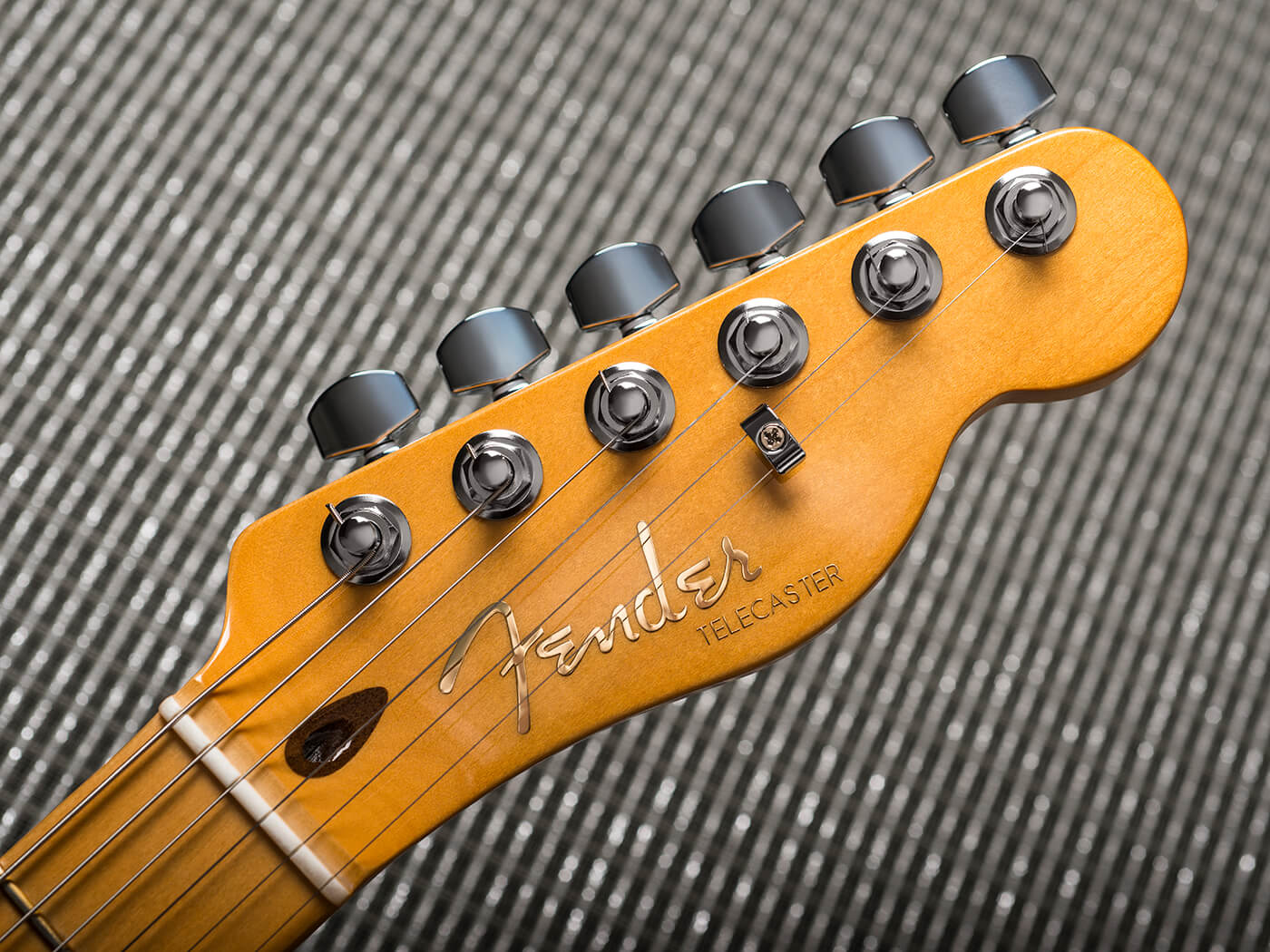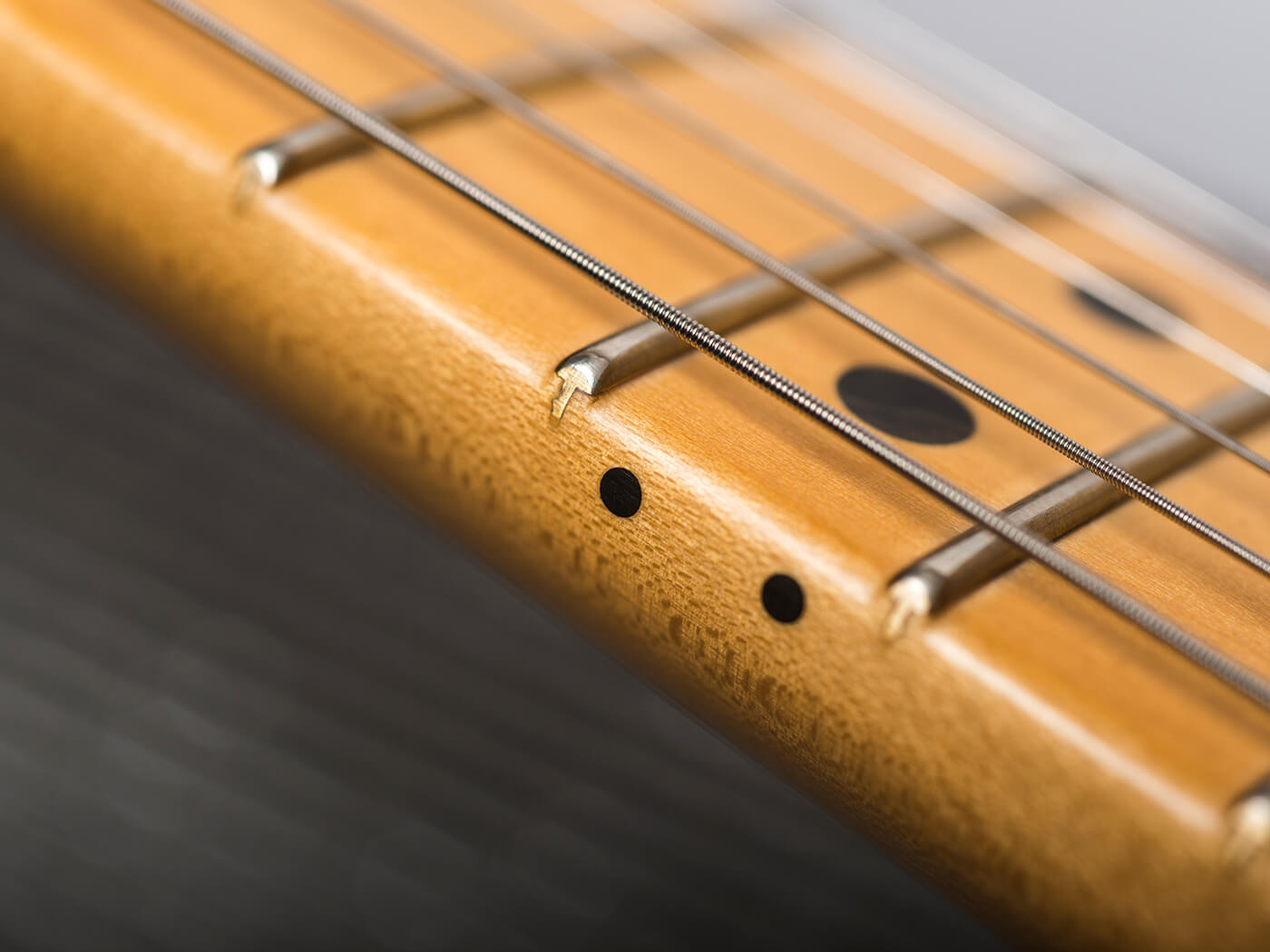Related Tags
Review: Fender American Ultra Telecaster & Stratocaster HSS
They may have Fender’s golden era in their DNA, but these high-performance instruments have been built for contemporary players who want to make music on their own terms.

For 2020, Fender’s flagship American Elite line has been superseded by a new series: American Ultra. Although American Elite instruments were only introduced to the catalogue at Winter NAMM 2016, at the launch of Fender’s Songs learning app in New York back in October, Fender CEO Andy Mooney explained that the company had streamlined its product lifecycle from seven to four years. Leo would probably have approved – he was certainly not an individual keen on standing still.
With the Elites well and truly knocked off their perch, the Ultras now represent not only the most premium instruments made in Fender’s Corona facility outside of the Custom Shop, but also the most modernistic current production models. Like the Elite series, the Ultra series includes SSS and HSS Strats and a solidbody Telecaster, but the American Elite Telecaster Thinline exits stage left and is replaced by the American Ultra Jazzmaster. It’s a smart move given the current omnipresence of offset-body guitars. What’s less smart – if you are a leftie – is the lack of left-handed Ultra models at launch. Hopefully some will be announced soon.
“The goal with the Ultra series is to create an instrument of immediate and maximum inspiration, making the guitar not be in the way,” says Justin Norvell, EVP of Fender Products. It’s interesting to note that the Stratocaster’s curvaceous form was designed in response to players who complained that the Telecaster’s contour-free, single-cutaway body ‘got in their way’, yet the popularity of Leo’s workmanlike slab endured regardless.
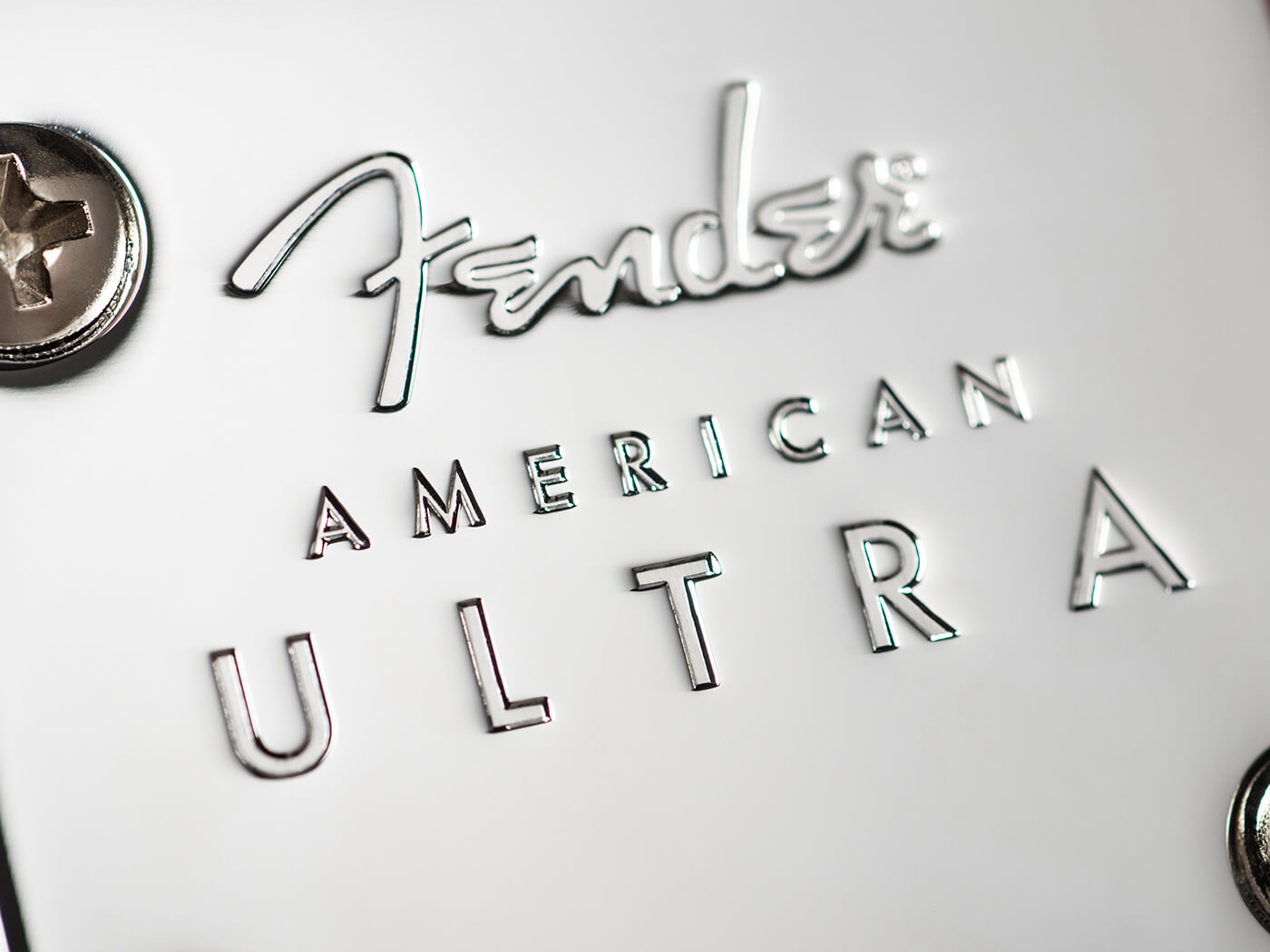
In recent times, attempts to further refine the Stratocaster and streamline the Tele have been numerous and widespread. But if a guitar comes with a Fender logo on its headstock, the sense of responsibility must weigh heavy during the design process. When it comes to striking the right balance for American Ultra, Andy Mooney draws parallels with how a modern high-performance Porsche 911 retains the DNA of the designs first sketched out by Ferdinand Alexander Porsche in 1959.
Justin Norvell agrees. “The idea of modifying the body shapes is not one that we take lightly,” he asserts. “The body of the Stratocaster and Telecaster hasn’t really manifestly been modified or changed in over 30 years and you’ve got to retain the essence and the spirit of the original mission of the instruments. You can look at [an Ultra] from the front and say that’s a Stratocaster, or that’s a Telecaster. The back – where it is actually worn against your body, where your hands do go when you go up high on the neck – that’s kind of the real estate where we chose to make some of those modifications.”
So is it a case of business-as-usual out front, party in the back? Removing our review guitars from their stackable moulded hard cases reveals that the asymmetric heel idea has been carried over from the Elite series, but now the heel tapers to approximately 13mm at its thinnest point under the neck plate. Now there’s much less bulk between your fingertips and palm when executing bends at the 22nd fret on those extended fingerboards. There’s also a sizeable scoop removed from behind each guitar’s treble cutaway, which further eases the ride.
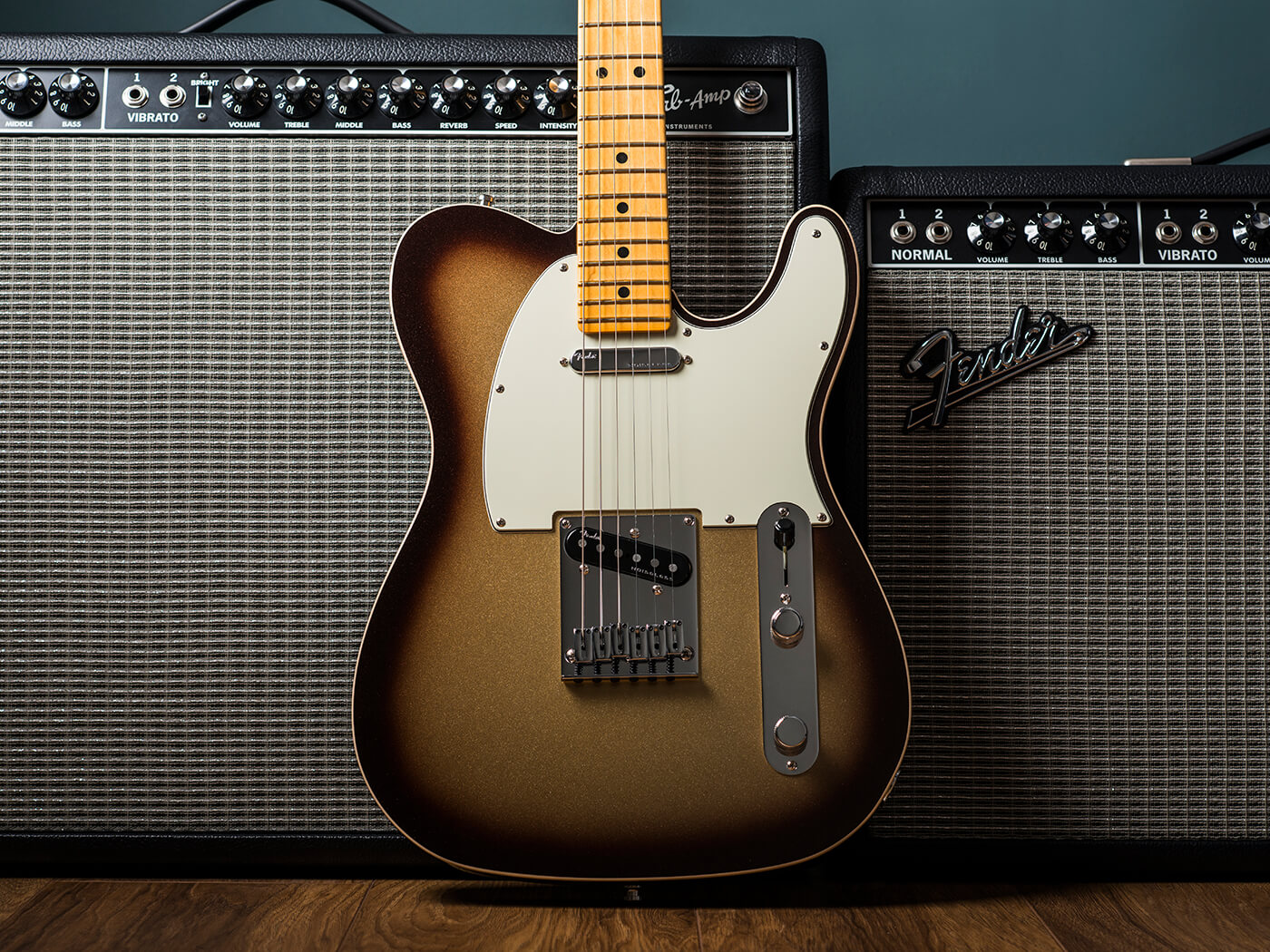
Does subtracting mass in this structurally important area have negative implications for tone? It certainly doesn’t seem to here. Both guitars are acoustically vibrant with a long, even decay and plenty of harmonic interest – all the right ingredients for an impressive amplified performance, but more on that later.
Other body sculpting is as expected, with the Stratocaster featuring the plunging ribcage contour and forearm chamfer that Fender got so spectacularly right back in 1954. The Telecaster also gains a little huggability thanks to a substantial belly-cut of its own. The Ultra series features a sparkling range of new metallic finishes mixed with these heavily contoured bodies in mind, with several of the colours taking on slightly different hues depending on light conditions. There’s real depth to these finishes, and the Cobra Blue and bound Mocha Burst showcased by our review guitars won plenty of fans in the office.
In an effort to make the American Ultras as comfortable a drive as possible, plenty of work has been done on the necks. The Telecaster’s maple ’board and the Strat’s rich rosewood slab have had their edges rolled, while the compound C-D neck carve of the Elite series has been ditched in favour of a ‘Modern D’ profile finished in a new ‘Ultra satin’ urethane. Both guitars have Bi-Flex truss-rods with access points behind their bone nuts – dispensing with the adjustment wheel that could be found at the end of Elite series fretboards. Which of those solutions you favour is a matter of personal preference, but we can all agree they both provide easier access for neck relief tweaks than having to pop the neck off, vintage-style.
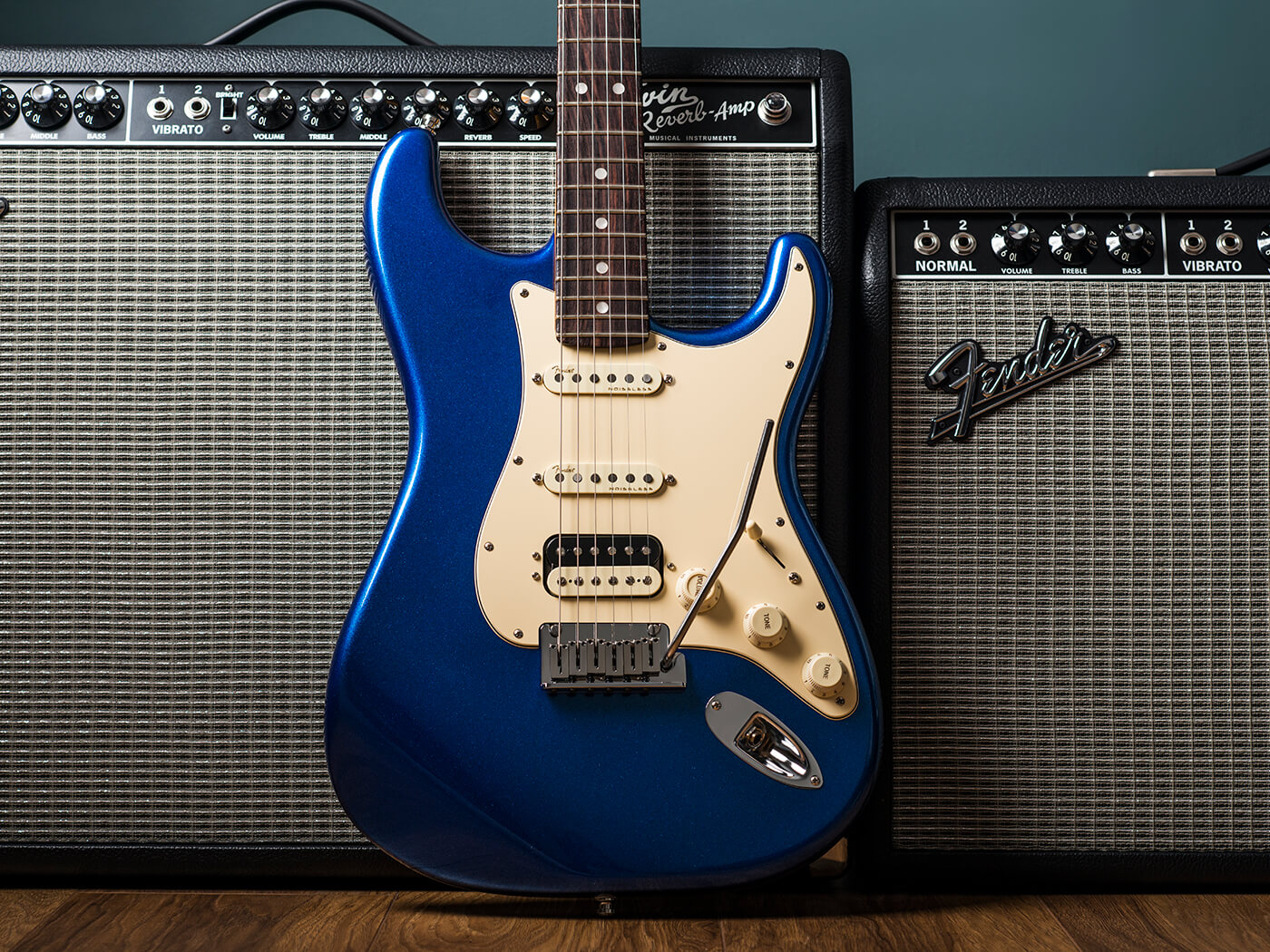
Fender has now gone through five generations of its Noiseless pickups but it regards the new Ultra Noiseless units as the best it has ever produced. In-house tone guru Tim Shaw has again bought his vast R&D experience to bear and there are two flavours on offer: the Ultra Noiseless Vintage – as sported by the Telecaster – and the Ultra Noiseless Hot, seen here in combination with a zebra-coil Ultra Double Tap humbucker on the HSS Strat.
In use
Experienced players tend to have rather visceral reactions to neck shapes but it’s important to remember that what initially feels inviting might not seem quite so comfortable an hour into a 90-minute live set… however, that’s probably a bigger discussion for another day. The American Ultra Modern D, aided by broken ’board edges and a sleek urethane finish, is just one of those neck profiles that’s tough to dislike, stays comfortable for long periods of playing and doesn’t paint you into a stylistic corner as a big deep V or U-shape might.
There are plenty of D-profiles out there with flatter backs and fuller shoulders, but you soon forget about nomenclature and measurements once you start auditioning either of these guitars. In combination with medium-jumbo frets, the compound 10-14” radius does its job without feeling excessively flat or jarringly modern. Despite our best efforts while executing some huge high-register bends, we couldn’t make the Strat fret out at all. And even after all that bending and grimacing, the strings almost always returned to pitch. So far, so frictionless.
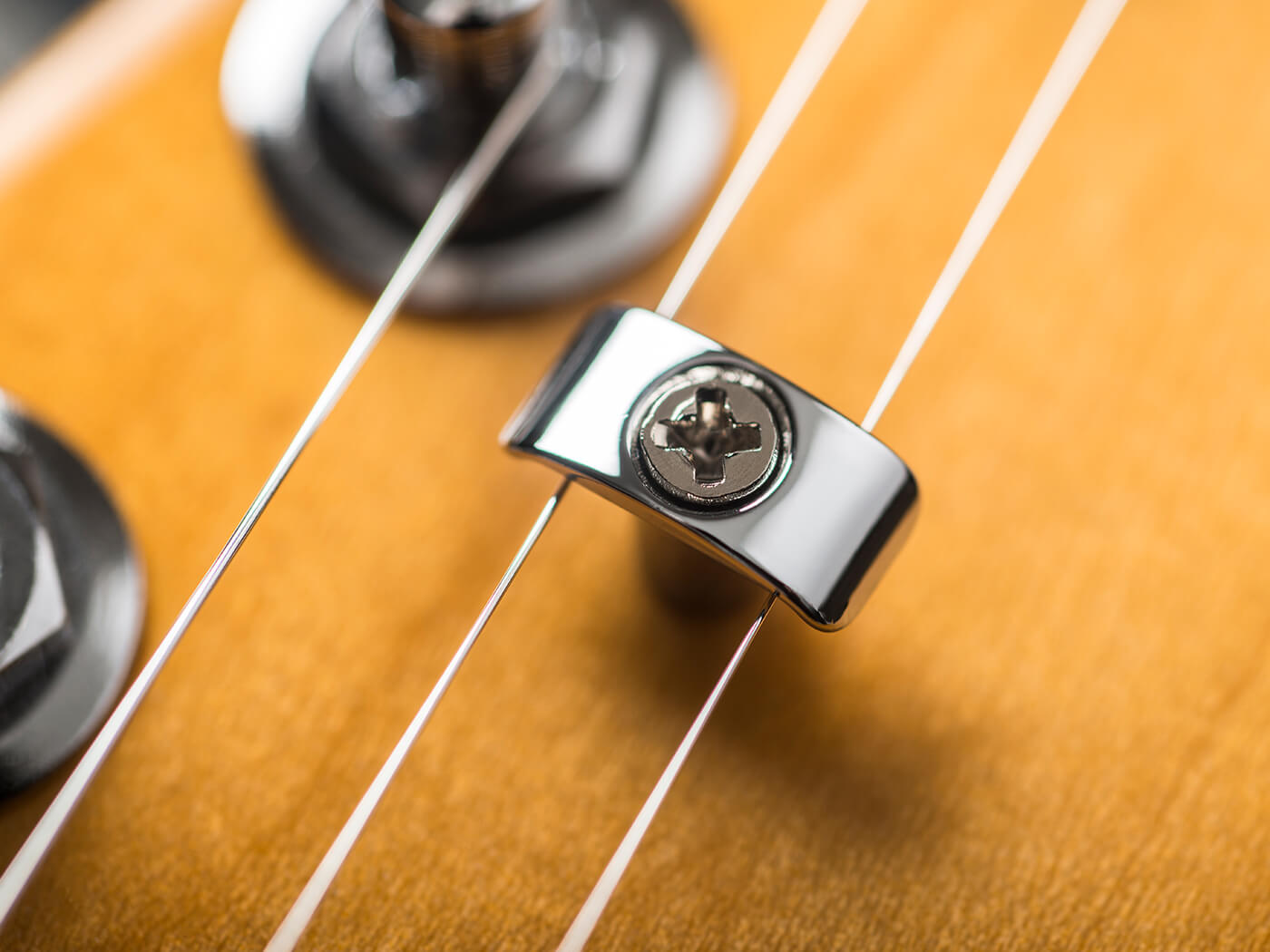
The American Ultra Strat’s two-point vibrato and floating set-up won’t be for everyone – we clearly can’t get away with the faux-pedal-steel country shenanigans we enjoy so much with a Bigsby – but there’s an awful lot of expression on tap here for everything from woozy Hawaiian-style glissandos to whinnying pinch harmonics.
Technical modern rock players are well catered for. Unlike the Elite HSS model, there’s no tonestack-bypassing Passing Lane switch on the Ultra, but we don’t really miss it – some Strats with bridge ’buckers can be adenoidal or scratchy and feel like they need a shot in the arm, but there’s plenty of girth here already for big riffs and powerchords.
For those seeking lighter textures, the master volume control’s S-1 switch engages the Double Tap humbucker’s single-coil voice. When the switch is depressed, clever wiring boosts the operative coil to retain more output than a traditional coil-split circuit. What does this mean in practice? There’s a slight drop in punch when switching from full humbucking to single-coil mode, but it’s certainly not thin or anaemic. Also, if you leave the S-1 switch engaged and flip to position two on the five-way, you’ll find that familiar in-between tone beloved of funk players and Knopfler fans.
Flipping to the neck and middle pickups, we’re pleased to hear that ‘Hot’ doesn’t translate to over-cooked, and neither has the guitar been robbed of its dynamics. There’s still no better noodling platform than a Stratocaster neck pickup into spring reverb and this is no exception, with all the subtle variations of your right-hand attack coming through, whether you play with a pick, fingers, or both.
Fender’s Noiseless pickups seem to have evolved to the point where they get out of the way, too. They eliminate a tonne of hum and certainly as much noise as could be reasonably expected, without feeling strangled or synthetic. Much like the neck shape and body contours, the Noiseless pickups simply get the job done with a minimum of fuss, allowing you to get on with the business of making music – but you certainly notice the difference when you switch back to vintage-style pickups in the studio or in close proximity to a loud amp.
In common with the Strat, the Telecaster boasts some additional party tricks under its hood. Here, S-1 toggles between series and parallel twin-pickup voices to deliver the series tone often found on Telecasters with four-way wiring, although you don’t have to grapple with a slightly disorientating four-position lever. In addition, the tone control is of the no-load variety (meaning it’s bypassed when wide open – you can feel the click of a slight detent when it’s rotated into this position) and like the Strat, there’s a treble bleed circuit on the volume control to retain clarity when you turn the volume down.
With all this talk of treble content, you’d be forgiven for expecting eyeball-slicing Tele tone, but plugging in reveals a classy, hi-fidelity take on Leo’s time-honoured design. There aren’t too many gigs you could walk into with this guitar strapped on and fail to get the job done. Assuming you’ve learnt your parts, of course. But if it’s country, indie, soul, power-pop, funk, punk or 60s R&B tones you need, the American Ultra Telecaster will take care of business in style.
Perhaps it’s because there’s no transition between finished and unfinished wood, but the Tele’s satin ’board edges have an even smoother feel than the Strat’s, and as a result the single-cut is the more addictive of the two guitars here. The enjoyable woody bite of the neck position is a real highlight, and the series mix introduces an altogether raunchier personality when you start to add overdrive. It’s almost like your Nashville soirée suddenly transitioned from trading Luther Perkins licks in a honky-tonk on Broadway to an all-night jam at Easy Eye Sound with Dan Auerbach.
Extended playing time reveals thoughtful appointments on both guitars, such as the rubberised grips on the Strat’s soft-touch knobs – vintage nerds will notice the shorter skirts recall the shape of the earliest Strat knobs from 1954 – the curved fronts of the string retainers, and the Telecaster’s Electrosocket jack mount that’s such a huge improvement on the vintage design.
Although some of these features have been inherited from the previous Elite models, throughout the Ultra range, the aesthetics, sonics and playing experience all seem to have gone up a notch or two, which simply makes for sexier, sharper-looking and more desirable musical instruments. And before you sneer, let’s not pretend that the process of buying a guitar is anything like buying an oven or a refrigerator – an instrument you can’t stop looking at and never want to put down will likely be the wellspring for much more creativity than a stubborn, head-over-heart purchase based on specifications and price alone.
Other than some slightly rough edges in the bridge and control-plate cutouts of the Telecaster’s pickguard, both Ultras appear to have been built with the kind of laser-precision you’d hope for – but don’t always get – at this price point. The Ultras are £60 more expensive than their Elite equivalents, but they offer much more than a 3.3 per cent upgrade on the class of 2016. Being Fenders, they’ll almost certainly hold their value better than some of the boutique competition, too. But don’t buy an American Ultra with one eye on flipping it further down the line – buy one to play it, and see where it takes you…
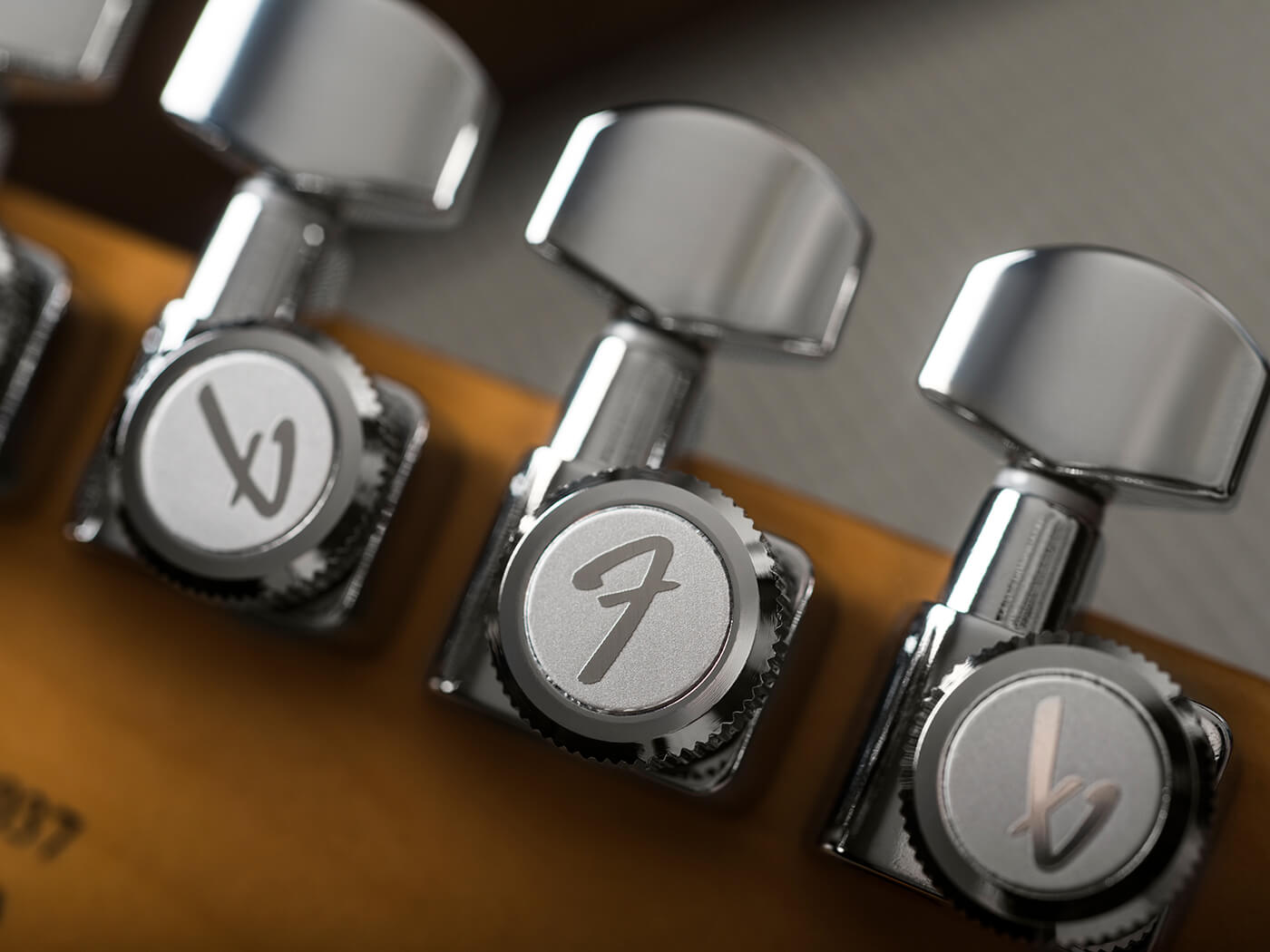
Key Features
Fender American Ultra Telecaster: 9/10 (Editor’s Choice)
- PRICE £1,859 (inc. hard case)
- DESCRIPTION 6-string solidbody single-cutaway electric guitar, made in USA
- BUILD Alder body with cream binding, bolt-on maple neck with satin urethane finish (gloss on headstock face) and Modern D profile, 10-14” compound radius fingerboard with black pearloid dots and 22 medium-jumbo frets. Bone nut
- HARDWARE 6-saddle American Tele bridge with chromed brass saddles, short-post locking tuners
- ELECTRONICS 2x Ultra Noiseless Vintage Tele pickups, master volume (S-1 switch), master tone, 3-way blade pickup selector switch
- SCALE LENGTH 25.5”/648mm
- NECK WIDTH 42.9mm at nut, 51.8mm at 12th fret
- NECK DEPTH 20.8mm at first fret, 22.4mm at 12th fret
- STRING SPACING 34.9mm at nut, 51.3mm at bridge
- WEIGHT 7.4lb/3.4kg
- FINISH Mocha Burst gloss polyurethane (as reviewed), Butterscotch Blonde, Cobra Blue, Plasma Red Burst, Texas Tea, Arctic Pearl, Ultraburst. See website for maple/rosewood fingerboard options, scratchplate colours and ash/alder body wood availability
- LEFT-HANDERS No
- VERDICT This well-sorted Telecaster for the modern age provides a smoother ride but still has soul
Fender American Ultra Stratocaster HSS: 8/10
- PRICE £1,859 (inc. hard case)
- DESCRIPTION 6-string solidbody double-cutaway electric guitar, made in USA
- BUILD Alder body, bolt-on maple neck with satin urethane finish (gloss on headstock face) and Modern D profile, 10-14” compound radius rosewood fingerboard with white pearloid dots and 22 medium-jumbo frets. Bone nut
- HARDWARE 2-Point Deluxe Synchronized Tremolo vibrato bridge with pop-in arm, short-post locking tuners
- ELECTRONICS Ultra Double Tap humbucker (bridge), 2x Ultra Noiseless Hot Strat pickups (neck and middle), master volume (S-1 switch), neck/middle tone, bridge tone, 5-way blade pickup selector switch
- SCALE LENGTH 25.5”/648mm
- NECK WIDTH 43.0mm at nut, 51.4mm at 12th fret
- NECK DEPTH 20.7mm at first fret, 21.8mm at 12th fret
- STRING SPACING 35.1mm at nut, 51.6mm at bridge
- WEIGHT 8.3lb/3.8kg
- FINISH Cobra Blue gloss polyurethane (as reviewed), Aged Natural, Arctic Pearl, Plasma Red Burst, Texas Tea, Ultraburst. See website for maple/rosewood fingerboard options, scratchplate colours and ash/alder body wood availability
- LEFT-HANDERS No
- CONTACT fender.com
- VERDICT A great Strat for contemporary rock players – audition this before spending boutique money
Like this? Try these
- PRS Silver Sky £1,999
- Tom Anderson Classic £2,795
- Suhr Classic T Pro £2,599


